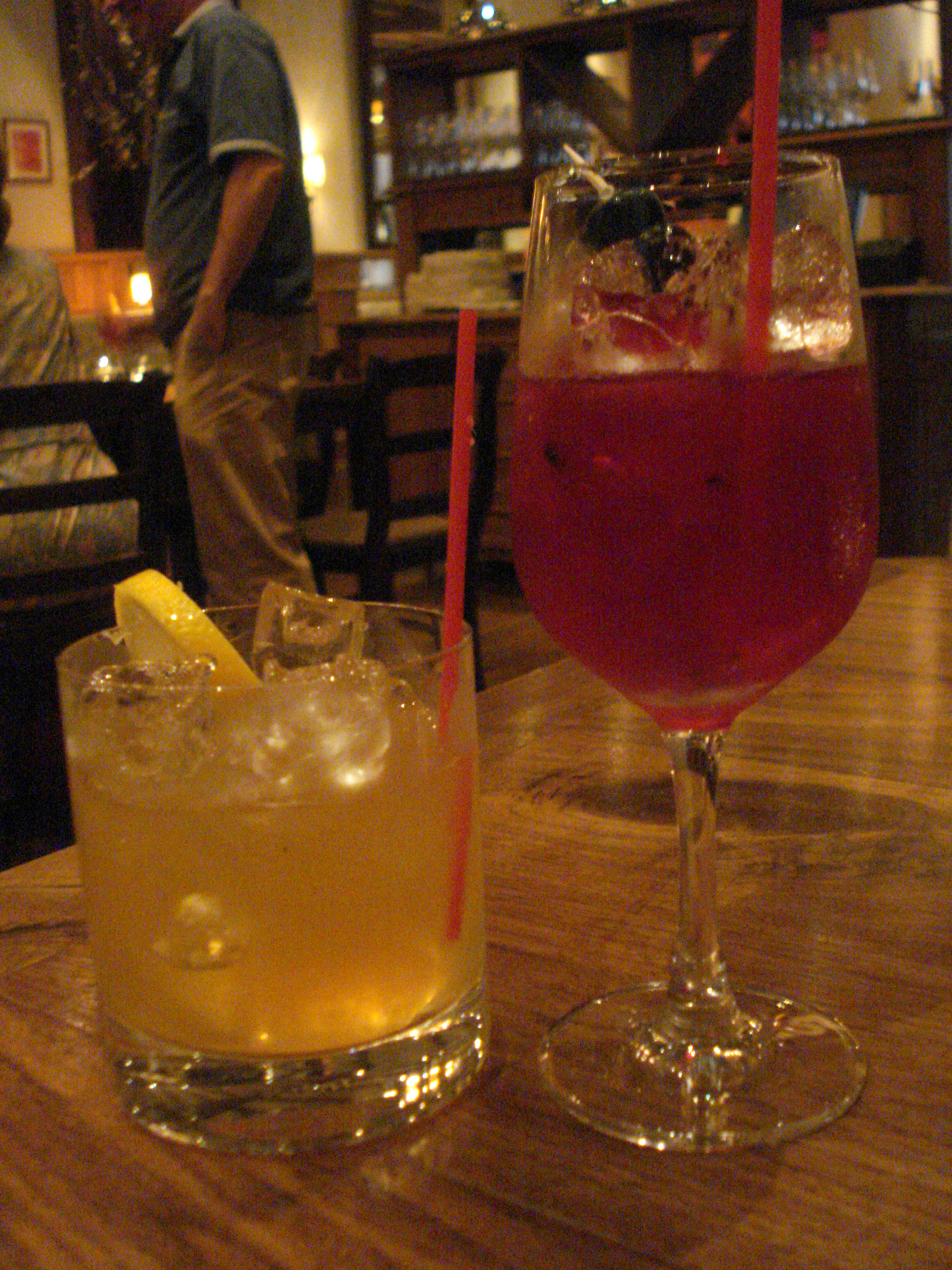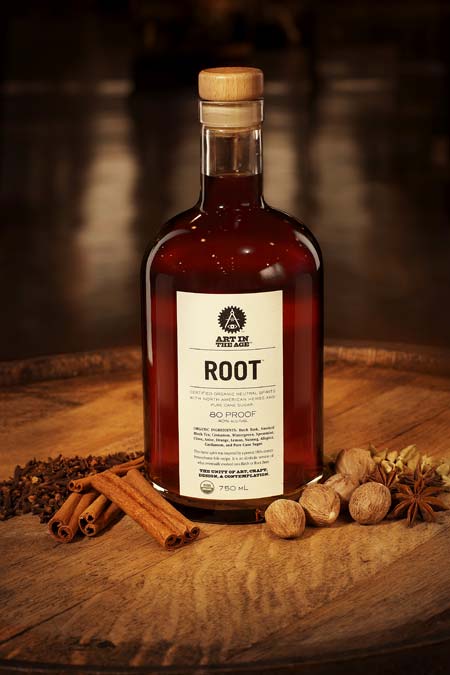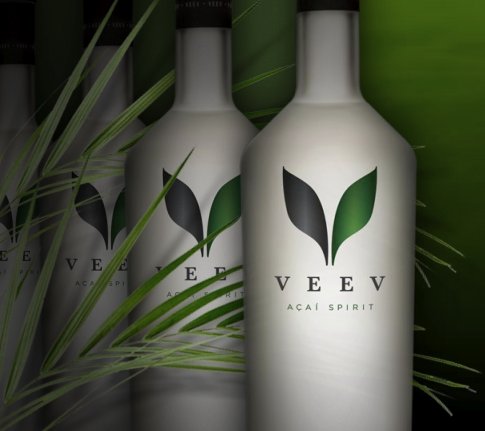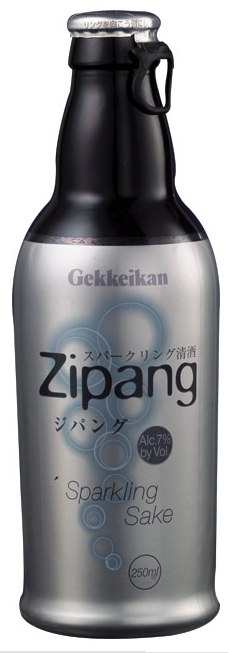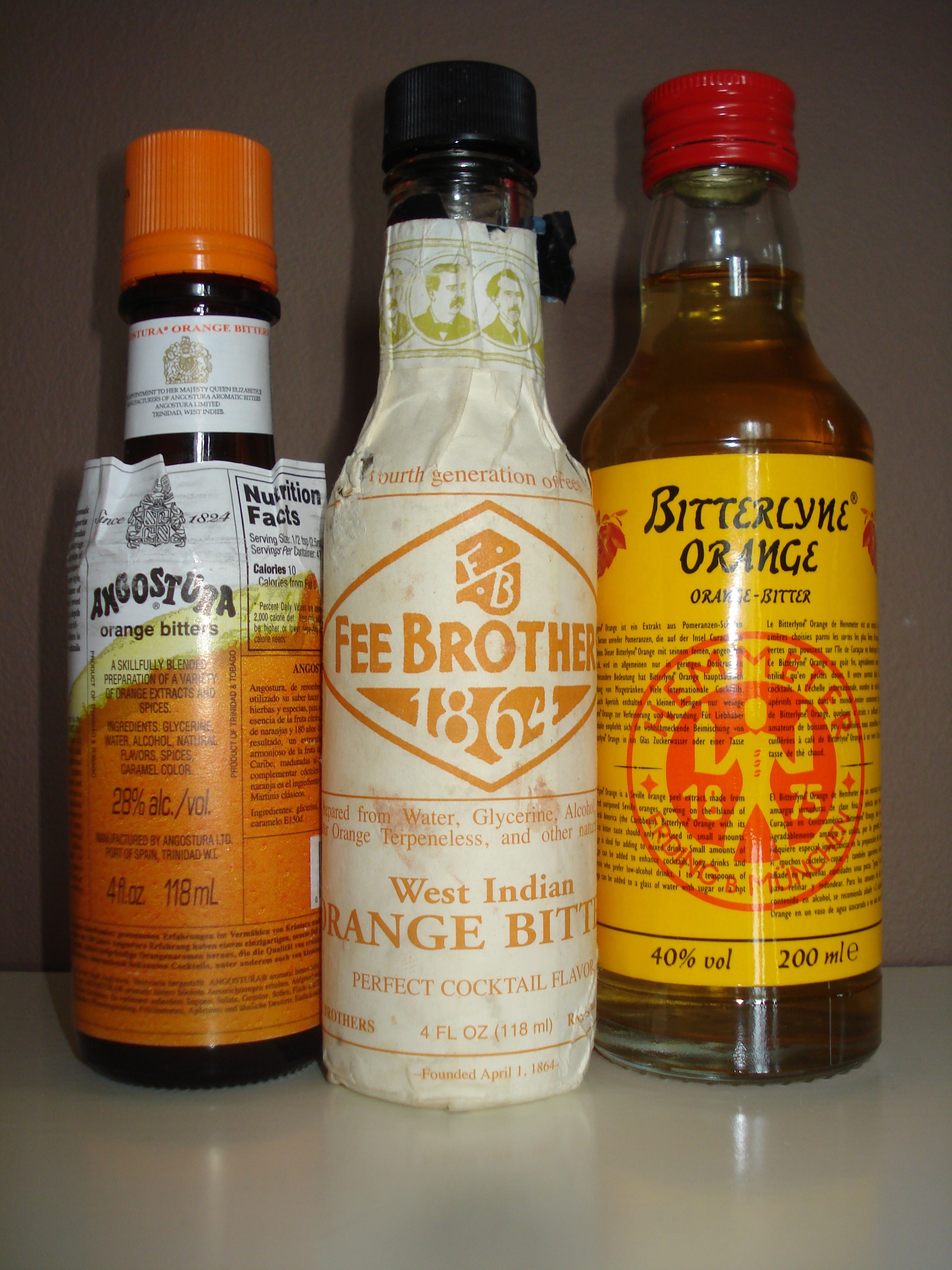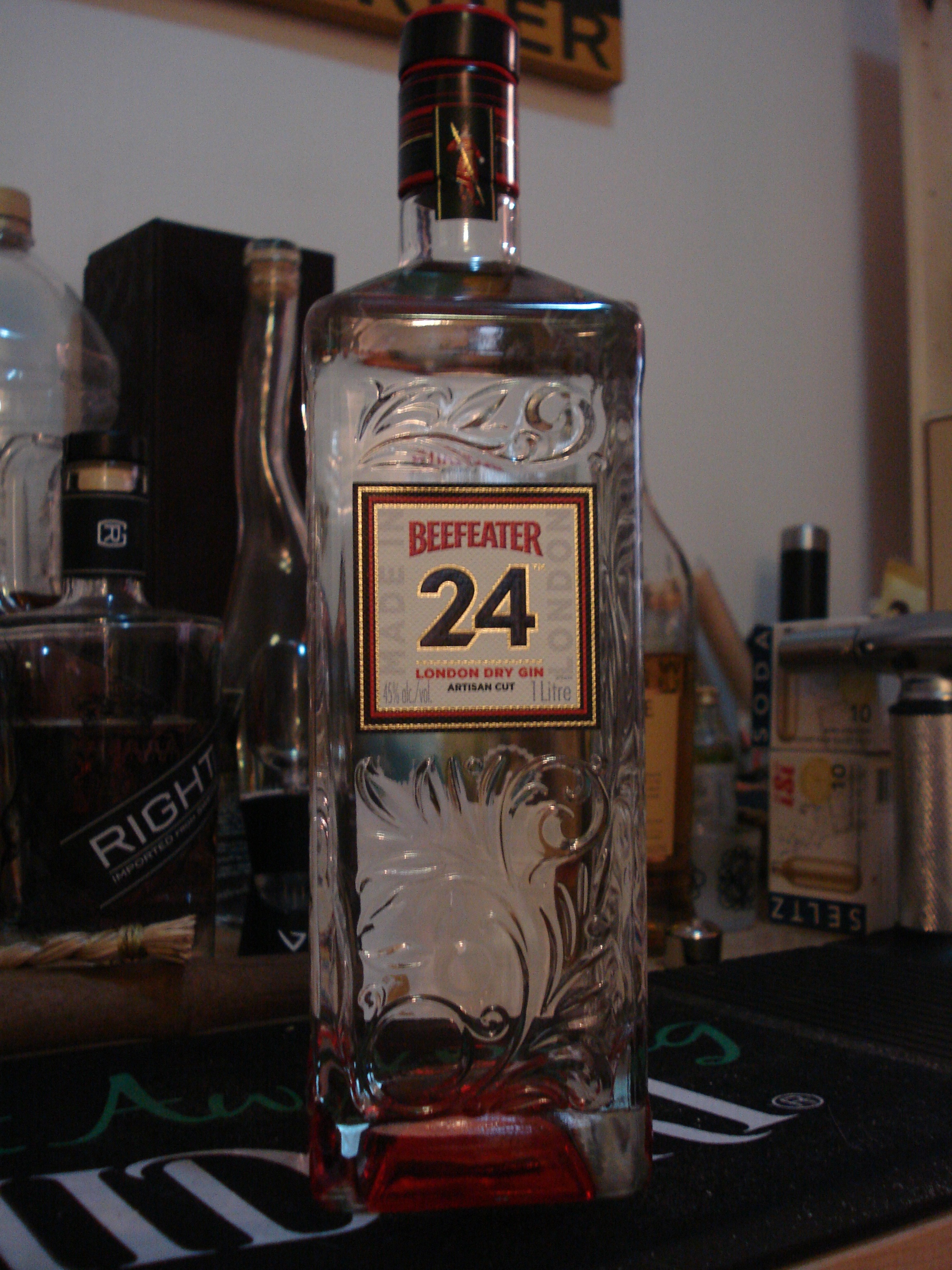This sun-kissed start to Memorial Day weekend has my mind buzzing with visions of a blossoming summer garden--I can't wait to get herbs, tomatoes, and flowers a-sproutin'. Memorial Day, originally called 'Decoration Day,' was first observed May 30, 1868, when flowers were placed on the graves of Union and Confederate soldiers at Arlington National Cemetery. So when thinking of a cocktail to observe (or celebrate) the long weekend, a natural choice is the Aviation, which delicately blends gin, lemon juice, maraschino liqueur (which has nothing to do with those syrupy cherries), and Creme de Violette.
Over the past two years, Creme de Violette has come back into production after being unavailable for decades. Rothman & Winter's version is most likely to be available here in NYC--try specialty liquor stores like Astor Wines and Spirits. It's a floral, herbaceous deep purple liqueur made from (you guessed it) violet petals. On its own it will probably hit you as too perfume-y, but a spoonful in the right cocktail adds a certain joie de vivre. Since my roommate, Gardner, is the brand ambassador for Suntory Yamazaki Single Malt Whisky, he was fortunate to receive a bottle of the extremely-hard-to-find Hermes Violet by Suntory. As you can tell by the photo, we still have yet to open our bottle (still waiting for the right occasion), but we have cracked the Rothman & Winter violette, and it's as elegant as a spring evening.
Creme de Violette is a close cousin to Creme Yvette, a liqueur that disappeared in the 1960s made from violet petals, berries, vanilla, and other spices. It's been completely obscure, although--that appears to be changing! In researching this post, I was thrilled to discover that none other than Robert Cooper, who created St-Germain elderflower liqueur, is in the process of launching a Creme Yvette. Apparently it was on view at the Wine and Spirits Wholesalers of America conference in Orlando last month. I wonder if it will be available at the New York Bar Show in June? Until then, here are three cocktails using Creme de Violette to get you through the three-day weekend:

Aviation adapted by Robert Hess
2 oz. gin (try Plymouth)
1/2 oz. lemon juice
2 tsp. maraschino liqueur (try Luxardo)
1 tsp. Creme de Violette
Combine the first three ingredients in a cocktail shaker filled with cracked ice. Shake well and strain into a chilled cocktail glass. Drizzle the Creme de Violette into the glass and garnish with a lemon twist.
Atty Cocktail from the Savoy Cocktail Book, adapted by Erik Ellestad
3/4 oz. dry vermouth (try Noilly Prat)
1 1/2 oz. gin (try Beefeater)
1 tsp. Creme de Violette
1 tsp. absinthe (try La Fee)
Add ingredients to a mixing glass filled with cracked ice. Stir well and strain into a chilled cocktail glass. Squeeze a lemon twist on top and drop it into the drink.
Violette Royale
4 oz. Champagne
1/2 oz. Creme de Violette
This one should be self-explanatory. Cheers!
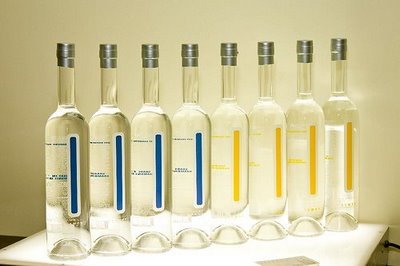 Shochu, which surpassed sake consumption in Japan in 2003, is a clear spirit distilled from grain, rice, barley, sweet potato, and/or buckwheat. Low in calories (about 35 calories in 2 ounces) and alcohol content (typically 25 percent), shochu is a delicate spirit that works best in uncomplicated cocktails, infusions, or served neat. It's also known as "soju" in Korea. The spirit can be traced back to 13th century China.
Shochu, which surpassed sake consumption in Japan in 2003, is a clear spirit distilled from grain, rice, barley, sweet potato, and/or buckwheat. Low in calories (about 35 calories in 2 ounces) and alcohol content (typically 25 percent), shochu is a delicate spirit that works best in uncomplicated cocktails, infusions, or served neat. It's also known as "soju" in Korea. The spirit can be traced back to 13th century China.